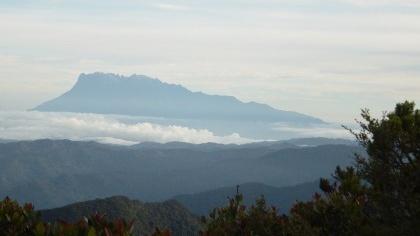
Endemic species are the cherries on biodiversity's cake. Species that occur only in a small area are vulnerable and therefore have a high priority for conservation. they also give an insight into the processes of extinction (if they are ancient endemics) and evolution (if they are novel endemics).
1. High-elevation endemics in Borneo
In 2012, Naturalis, together with Sabah Parks, organised a joint expedition to unravel the evolution of endemic species on Mount Kinabalu, Borneo. The expedition attracted a lot of attention in the media, for example on NBC and De Volkrant. Also, blogs were maintained, on the Scientific American website. And animator Aart Taminiau produced a cute animation. This study eventually culminated in a paper in Nature.
More information:
- Video "Jungle Genetics" produced by Nature
- Research trailer "Tropical Mpuntains Are Hotspots of Biodiversity"
2. Evolution of a brass band
In Southeast Asia, limestone (a calcareous, alkaline habitat) occurs as thousands of small, isolated, and scattered outcrops, surrounded by non-calcareous, mostly acidic substrates. Many groups of terrestrial gastropods occur only on these karsts, where they exhibit enormous morphological diversity including wonderful shapes.
Many of these species are endemic to single outcrops, and are sufficiently endangered to have been placed on the IUCN Red List. We are currently exploiting this fauna for studies to understand the diversification of shell shape as well as for community-ecological studies.
More information: